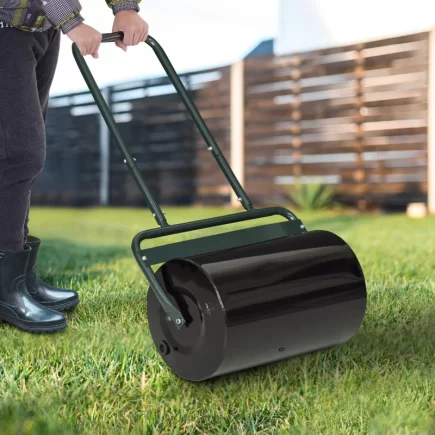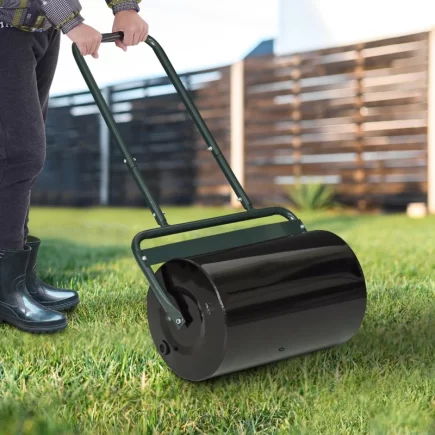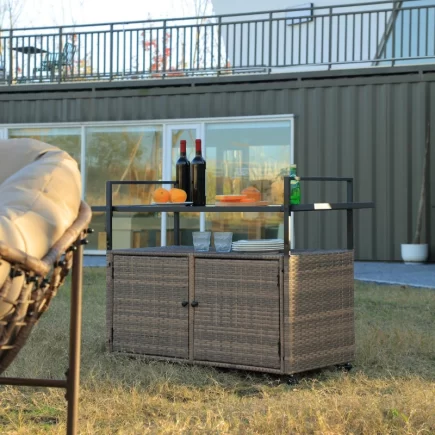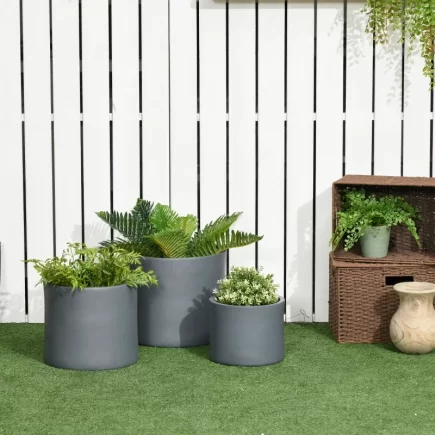
Artificial turf is a low-maintenance, year-round solution for a beautiful lawn, but like any investment, it requires care to keep it in top shape. Whether you’re dealing with pet messes, tough stains, or seasonal debris, cleaning your artificial turf the right way ensures it stays hygienic, durable, and visually appealing. Cleaning artificial turf, provides actionable solutions to maintain its lush look for years to come.
Step-by-Step Guide to Cleaning Artificial Turf
1. Debris Removal

To start, focus on clearing away surface debris like leaves, twigs, and dirt. This step not only keeps the turf clean but also prevents organic matter from breaking down and causing odors or bacteria buildup.
Tools You’ll Need
- Leaf blower or broom
- Plastic rake (avoid metal to prevent turf damage)
How to Do It
- Use a leaf blower or rake to gather loose debris.
- For corners and tight areas, use a stiff broom to sweep particles toward the center for easy collection.
Pro Tip: Make debris removal a weekly habit during the fall and windy seasons to prevent buildup.
2. Rinse the Turf

A good rinse removes dust, smaller particles, and pet residue, keeping the turf fresh and hydrated.
Don’t:
Use a high-pressure washer. This can disturb the turf’s infill and damage grass blades.
Do:
- Use a garden hose with a gentle spray nozzle.
- Target areas with high foot traffic or pet activity.
Rinsing once a week during dry weather and as needed after pet use ensures an odor-free surface.
3. Spot Cleaning Stains

Whether it’s spilled food, drinks, or pet messes, spot cleaning ensures that stains don’t set in or cause discoloration.
Cleaning Solutions
| Type of Stain | Best Cleaning Agent | Method |
| Sticky stains (e.g., soda, juice) | Mild dish soap & warm water | Mix with water, pour on the stain, scrub gently with a soft brush, and rinse thoroughly. |
| Oil-based stains (e.g., grease) | Grease-cutting dish soap or alcohol | Apply, scrub with a sponge, rinse carefully. |
| Chewing gum or wax | Ice cubes | Harden the gum/wax, then scrape off gently with a dull knife. |
Pro Tip: For tough stains, pre-treat with a vinegar-water mix for 5-10 minutes before scrubbing.
4. Deep-Cleaning Techniques
Plan for a deep clean monthly or seasonally if the turf endures heavy use.
What You’ll Need
- Enzyme-based cleaner (for odors)
- Stiff brush or specialized turf power brush
- Garden hose
Method
- Apply an enzyme cleaner to areas with odors or buildup.
- Scrub the turf in multiple directions with a brush to access deep debris.
- Rinse completely, ensuring all cleaning agents are removed.
Key Tip: After a deep clean, check the turf’s edges for separation or lifting and fix them promptly.
5. Fluffing the Grass Fibers
Foot traffic flattens turf over time, but fluffing restores its natural look.
- Use a turf rake or stiff-bristle brush.
- Brush against the natural grain of the grass to lift fibers.
Regular fluffing, especially after cleaning, promotes visual appeal and prevents matting.
6. Allowing Natural Drying
Sunlight is your turf’s best friend for natural drying. After cleaning, ensure the surface is well-ventilated and avoid using artificial heat sources like hair dryers, which may damage the grass fibers.
Pet Waste Cleaning: Turf for Pets

Artificial turf can be a pet owner’s dream, but handling pet messes properly makes all the difference.
Removing Solid Waste
- Scoop or use a plastic bag to remove the waste immediately.
- Rinse the spot with a hose to wash away remnants.
Cleaning Liquid Waste
- Spray the affected area with a garden hose.
- Use a bio-enzyme cleaner to target odors and kill bacteria.
Preventative Maintenance
- Apply a deodorizing agent weekly to neutralize odors in pet-heavy zones.
- Ensure proper drainage to prevent pooling and bacteria growth.
Seasonal Adjustments for Turf Care
Adjusting your cleaning routine based on the weather ensures year-round maintenance.
- Hot Weather: Rinse weekly to cool the surface and remove dust.
- Fall: Regularly clear leaves to avoid moisture buildup, leading to mold.
- Winter: Remove snow gently with plastic tools. Avoid metal shovels that can tear the turf.
- Spring: Conduct a deep clean to prepare your turf for warmer months.
Cost-Effective DIY Cleaning Solutions
Store-bought cleaners and tools aren’t always necessary. Try these budget-friendly alternatives:
- Vinegar Solution: Mix equal parts water and white vinegar for odors and stains.
- Baking Soda: Sprinkle over problematic areas, scrub lightly, and rinse for fresh-smelling turf.
DIY cleaning saves money and is just as effective for moderate cleaning needs.
Odor Control and Freshness
Keep your turf smelling great with these methods:
- Sprinkle baking soda, wait an hour, then brush it out.
- Use vinegar-water solutions for chemical-free deodorizing.
Pay extra attention to areas used by pets or outdoor dining setups.
Cleaning Schedules and Recap
To simplify your cleaning routine, follow these schedules:
| Frequency | Task |
| Daily | Remove pet waste and rinse heavily used areas. |
| Weekly | Remove debris and rinse the entire turf. |
| Monthly | Deep clean and inspect turf for issues like lifted edges or infill loss. |
A clean, lush-looking turf enhances your outdoor space while providing a safe area for pets, kids, and family events. Whether you prefer convenient DIY methods or professional grooming, maintenance is key. If you’re looking for premium artificial turf, check out Aosom’s Artificial Turf product and elevate your lawn care routine today!
FAQs
1. Can I use a power washer on turf?
Using a power washer on artificial turf is possible but risky. Opt for low-pressure settings, maintain a 6–8 inch distance, and spray at a 30-45° angle to avoid fiber damage or infill displacement. For safer alternatives, use a hose, brush, or turf-friendly cleaners.
2. How to prevent turf odors?
Prevent turf odors by rinsing regularly, immediately cleaning pet waste, and using enzyme-based cleaners or turf deodorizers. Sprinkle baking soda for stubborn smells and replace odor-neutralizing infill if needed. Ensure proper drainage to avoid moisture buildup that can contribute to odors.
3. What are eco-friendly turf cleaners?
Eco-friendly turf cleaners include enzyme-based products, vinegar-water solutions, hydrogen peroxide, and baking soda. These biodegradable options effectively remove stains and odors without harming pets, children, or the environment. Use turf-specific cleaners like TurFresh or OxyTurf for a safe and sustainable approach.





















